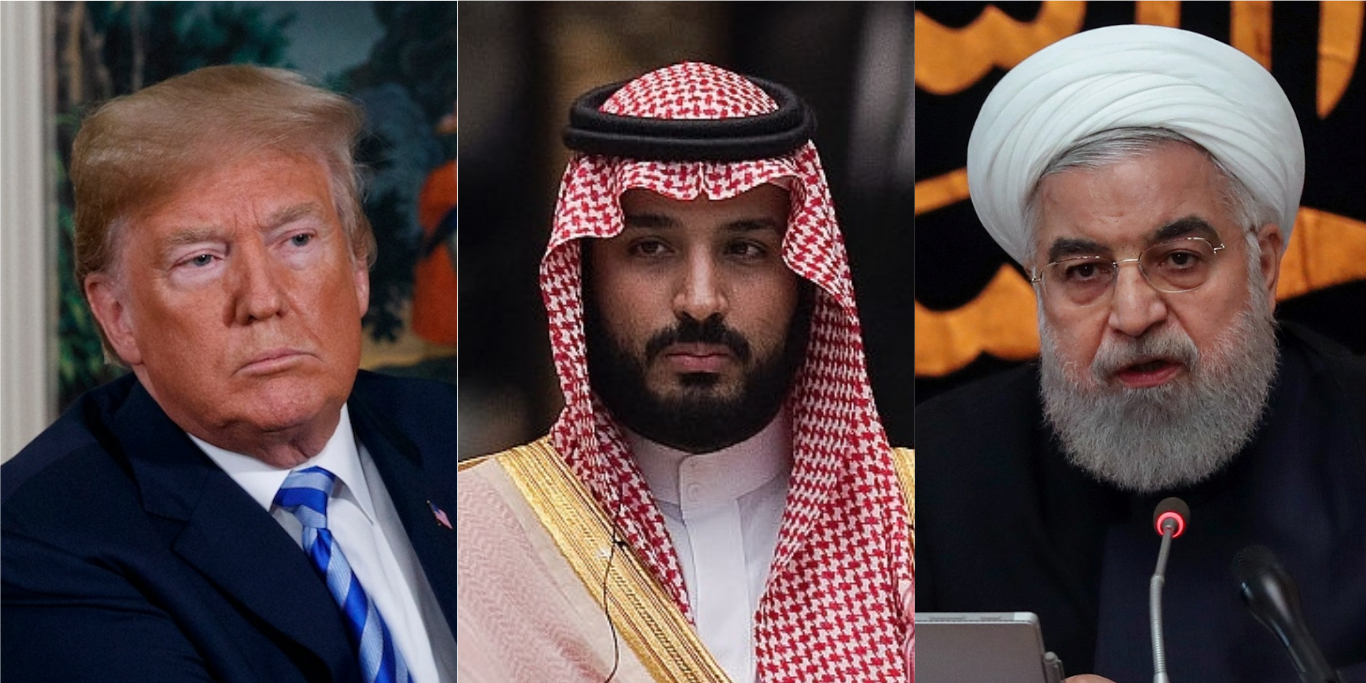- President Donald Trump said on Monday that it is “certainly looking” like Iran was behind Saturday’s oil-field attacks in Saudi Arabia.
- Other US officials have blamed Iran outright, though the president has not gone so far.
- Trump said the US has “a lot of options” to use if he were to respond to the culprit of the oil-field attacks, but the reality is that if he formally blames Iran for the attack, he doesn’t.
- He has repeatedly said he doesn’t want to get the US into another war, and looks to have already exhausted all economic and diplomatic routes with Tehran.
- Visit Business Insider’s homepage for more stories.
US President Donald Trump has no good options to use against Iran if he were to formally blame the country’s government for the Saudi oil-field attacks on Saturday, despite saying he has a “lot of options” at his disposal.
The attacks on two oil plants belonging to Saudi Aramco on Saturday triggered the largest-ever disruption to global oil supply and has potentially jeopardized the world’s biggest reserve capacity as well.
While there isn’t enough evidence so far to show the kind of weapons used and the geographical source of the attack, Trump has heavily suggested that Iran was responsible.
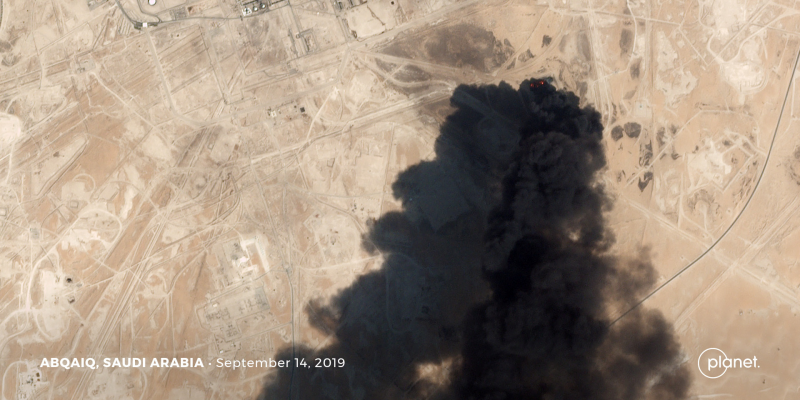
When asked on Monday whether he believes Iran was behind the attack, Trump said: "It's certainly looking that way at this moment," adding that the US is "having some very strong studies done" to determine the perpetrator, according to White House transcripts.
Iran has repeatedly denied involvement in the oil-field attack. The Iranian-backed Houthi militia in Yemen initially claimed responsibility, but a New York Times analysis on Monday noted that the sophistication of the attack "far exceeds" Houthi capabilities. US intelligence also says the attack originated from Iran - rather than Yemen - NBC News reported Monday, citing three people familiar with the intelligence.
"Locked an loaded" - but for what?
Trump tweeted on Sunday that the US is "locked and loaded" to respond to those responsible - pending Saudi confirmation of who perpetrated the attack - and said again on Monday that while he doesn't "want war with anybody ... we're prepared more than anybody."
He added that "we have a lot of options" to respond to the culprit, but said that he is "not looking at options" until he confers with Saudi Arabia and other regional powers on next steps.
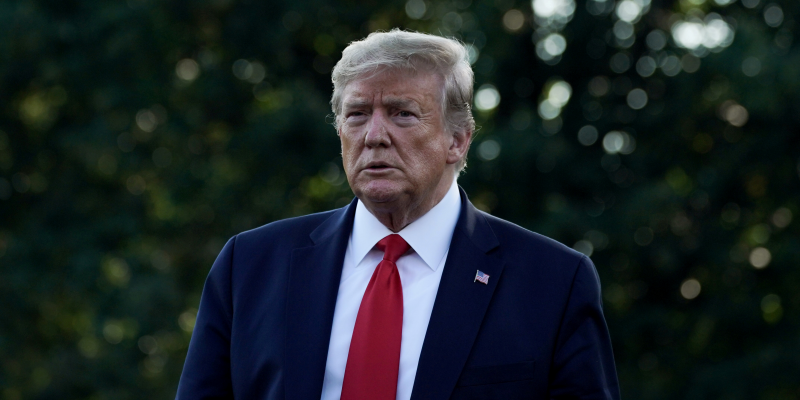
Despite Trump's overtures, the US doesn't actually appear to have any good options for Iran at all.
His administration has flip-flopped between negotiating with Iran to threatening all-out war - giving US allies and Iran ample reason to doubt his words.
Top Obama-era Iran negotiators told Insider earlier this month that the White House's chaotic position on Iran has emboldened the regime to ramp up its nuclear program.
Here are the options Trump could take to respond to Iran, and why they won't work:
- More sanctions? Trump has been waging a "maximum pressure" sanctions campaign against Iran - with the aim of economically crippling the regime into submitting to US demands - over its nuclear program for the past year. He has, so far at least, failed. Iran has stepped further away from the 2015 nuclear deal and continues to build on its nuclear capabilities. The fact is, Trump has already applied all the most damaging sanctions he can. He's got nowhere else to go with this tactic.
- Punishing Iran's leadership? The Trump administration designated Iran's Islamic Revolutionary Guard Corps (IRGC) and elite Quds Force a foreign terrorist organization in April, and imposed sanctions on the country's Supreme Leader Ali Khamenei and senior IRGC in June. Tehran's leadership has continued to refuse to adhere to US demands, with Foreign Minister Mohammed Javad Zarif tweeting on Monday: "Having failed at 'max pressure,' [US Secretary of State Mike Pompeo] is turning to 'max deceit.'" As the Saudi attack demonstrates, punishing the leadership has not made the leadership less bold.
- All-out war? Trump has said since his 2016 presidential campaign that he doesn't want another war. Sending the US to war with Iran over Saudi Arabia's oil supply and capacity could severely jeopardize his chances of reelection. Many national-security experts have criticized Trump for appearing to wait for Saudi confirmationbefore taking action against those behind the oil-field attack. America is tired of war. The yearslong conflicts in Iraq and Afghanistan have produced nothing except chaos, disorder, and unstable regions where new terrorist networks thrive.
- Playing nice with Iran? Trump offered to hold talks with Iran's leadership "without preconditions" as early as last week. Iran has repeatedly refused to negotiate with the US unless they lift sanctions, with Supreme Leader Khamenei saying on Monday that it would still refuse talks with the US. Trump told reporters on Monday that he would not remove sanctions. Besides, it would look like he was rewarding Iran for its attacks.
Read more: Iran could take advantage of Trump's wishy-washy response to the Saudi oil field attacks
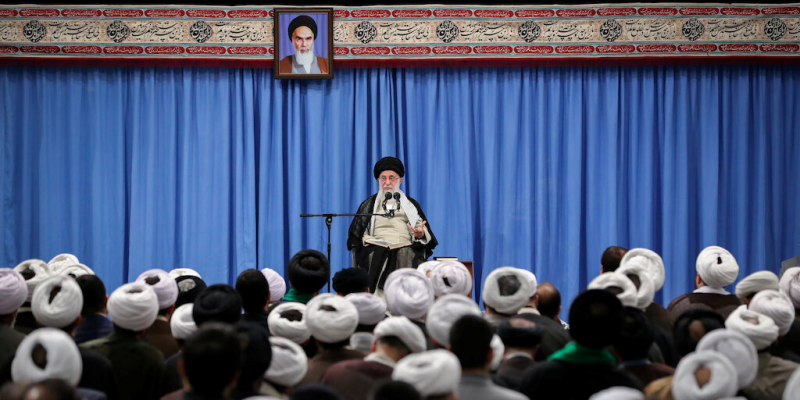
The Associated Press on Monday cited an anonymous US official as saying that the White House is considering sending more "military resources" to the Gulf, but no concrete decision has been made yet.
There are no details so far on what type of resources, and how many of them, this plan could involve.
The Trump administration also lacks a full foreign-policy team, particularly with the departure of national security adviser John Bolton, who led the White House's hawkish Iran policy.
Trump has created an enemy that has nothing left to lose
The US has since July been trying to build a military coalition to patrol international waters in the Persian Gulf to protect their maritime interests against Iran, but there hasn't been much enthusiasm for this plan so far.
Iranian forces have appeared to virtually ignore to the US presence in the Gulf. The IRGC said it seized an oil tanker carrying smuggled diesel in the Persian Gulf on Monday, making it the third tanker seized in recent months.
The IRGC seized a British-flagged tanker on July 19 and is still holding it hostage in its southern Bandar Abbas port.
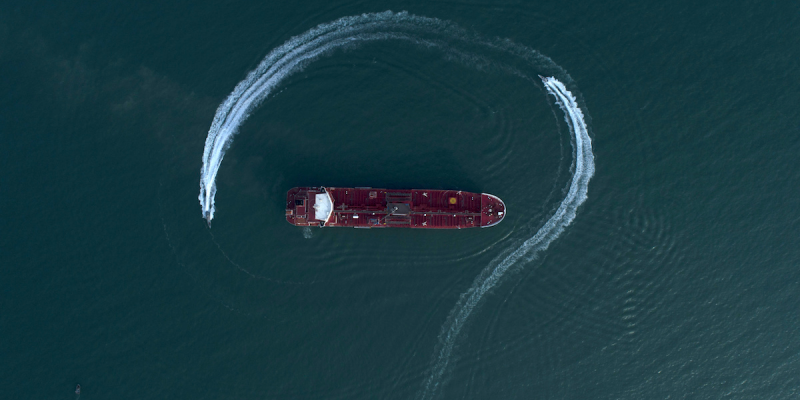
The bottom line is that Trump had already used up his most important leverage before the Saudi bombing. Now he's dealing with an enemy who has nothing left to lose, and Iran faces an adversary that is out of options - diplomatic, economic or military.
- Read more on the Saudi oil crisis:
- Trump's hardline campaign against Iran is failing to check its nuclear ambitions and risking a 'catastrophic' war
- If US claims of how the Saudi oil attack went down are true, then the failure to prevent it is a huge embarrassment
- The biggest oil-supply disruption in history has upended the entire energy market. These 3 drivers could dictate what happens next.
- These 'kamikaze' drones were claimed to be the culprits of the attacks on 2 Saudi oil fields. Here's what we know about them.
- Saudi Aramco is reportedly weighing a delay to its record-setting IPO after drone attacks

